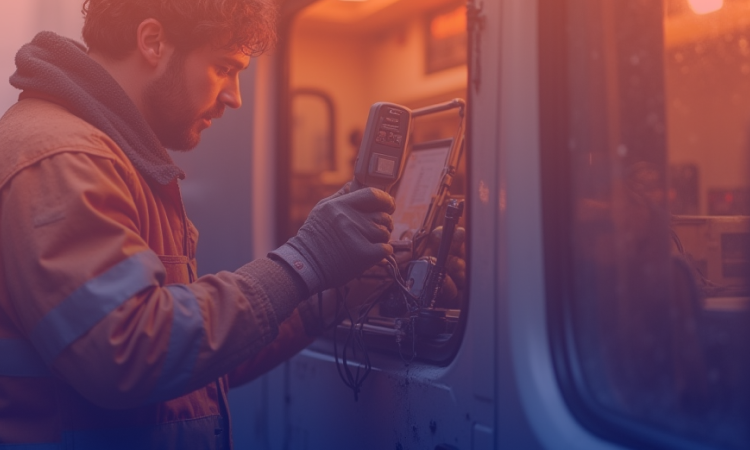By Zoha Peerbhoy | May 2025
Businesses today adopt various Customer Experience (CX) strategies so that they can foster better relationships with their customers. This can be a bit of a challenge in an age where automation is the new norm. While using automated AI comes with a host of benefits, like 24/7 responsiveness and hyper-personalized experiences, the human touch is just as important for providing empathy. This article will highlight how brands can combine automation with human connection to improve customer experience.

The Rise of Intelligent Automation
Many of us have been around to witness how automation has evolved over the past few years, from basic chatbot scripts to sophisticated conversational AI systems that are capable of interpreting context, predicting behavior, and resolving complex queries autonomously. Examples that most will be familiar with are e-commerce and food delivery apps. AI-driven systems can handle multiple tasks, including answering common questions, tracking orders, and even detecting human sentiment.
AI systems have hence significantly improved response times and are incredibly efficient. However, they show certain limitations in understanding certain nuances or while providing emotional support.

The Irreplaceable Human Element
Despite rapid technological advancements in automation, human support is still crucial. It’s a basic need for humans to feel heard and understood. Therefore, during interactions that are urgent or emotional, customers would naturally prefer talking to a person, like instances where they have to quickly explain a medical emergency.
The hospitality industry is another instance that illustrates the need for the human element. While streamlining check-ins is much easier with self-service kiosks and receptionless hotels, studies show that guests still prefer a human concierge when dealing with unexpected changes or personalized requests. Humans can show warmth and intuitively understand human emotions, which AI has yet to master.
The Rise of Hybrid CX Models
In the Human-in-the-Loop (HITL) model, AI starts or supports an interaction but redirects to humans when necessary. In 2025, we see that many brands are shifting toward this hybrid model. A chatbot that detects frustration via emotional AI, for instance, can seamlessly escalate the conversation to a live agent trained in de-escalation. Since emotional AI makes it possible to identify and interpret emotional states, it can understand if a customer is frustrated and escalate the conversation to a live agent that is trained in de-escalation.
Since AI can also analyze behavioral patterns, tone, and keywords, it can even proactively decide which conversations may require a human.

Designing for Empathy and Ethics
Since there have been concerns about AI’s ability to be ethical, CX automation cannot just take efficiency into consideration. Companies are increasingly incorporating transparency, fairness, and inclusiveness into the algorithms used in customer interfaces. This includes keeping customers informed about when they’re speaking to AI, giving them opt-outs, and ensuring that automated systems don’t reinforce bias.
Automation, when created with empathy and integrity, enhances rather than threatens the human experience in customer service.

The Road Ahead: Fluid, Frictionless, and Human-Aware
We are increasingly seeing CX strategies that recognize that collaboration between humans and machines is the way to move forward. Key brands will establish systems that effectively combine automating predictable and routine tasks and helping humans to provide judgment, emotional intelligence, and care.
According to Shruti Jadhav, Vice President and Principal Analyst at QKS Group, “By 2025, the path to great customer experience no longer involves a choice between digital convenience and human warmth; it’s about harmonizing both. AI is enabling hyper-personalization and real-time interaction across channels; but when things get complex, customers still want a safety net of human support. The brands that succeed will be those that create experiences in which smart automation complements and not replaces genuine human interaction.”

Designing with Intent
In 2025, customer experience is about more than dashboards and bots. It’s about taking a call on what should be automated, what requires the human element, and when it’s necessary to combine both. The future of customer engagement hinges on acknowledging that while technology can scale reach, human interaction is an important element in scaling trust.

